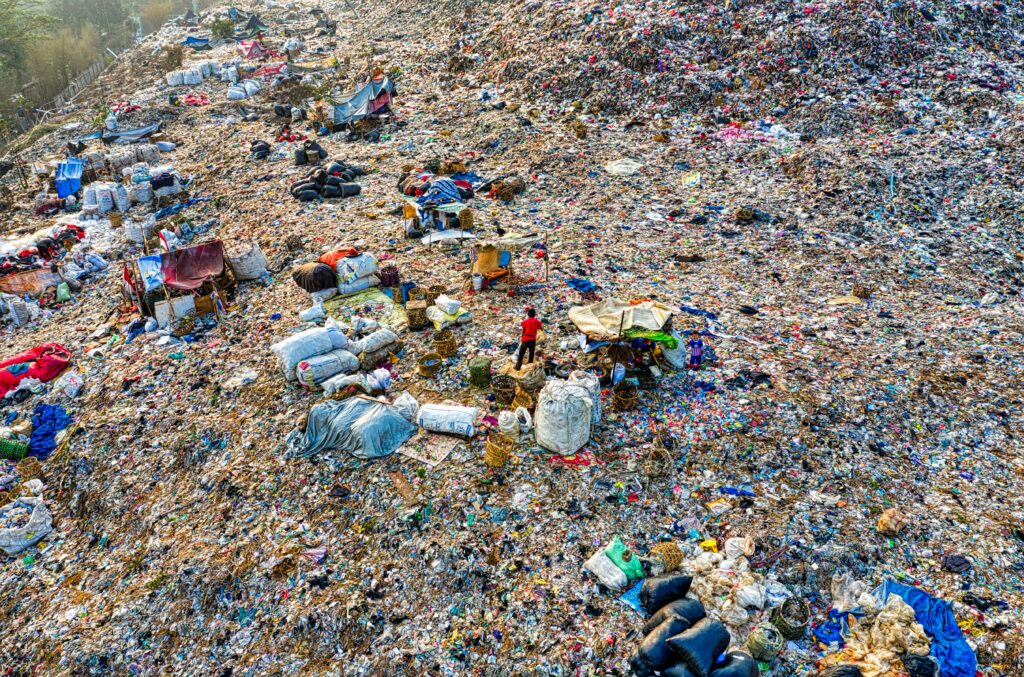A Landfill’s Advantages.
1. As An Excellent Source Of Energy, Landfills
Carbohydrate gases such as co2 and methane are released when waste builds up. Using these gases for energy production is as simple as extracting, filtering, and repurposing them. Landfills are the third major source of methane gas emissions in the United States.. Approximately 95.6 million tonnes of Carbon (IV)oxide are produced annually by landfills in the United States.
2. Modern Landfills Are Environmentally Friendly
As a result of environmental regulations, landfills are no longer open-air dumps for nearly everything. Laws enacted and enforced by environmental experts have made landfills more environmentally friendly than ever before. Good soil lining and a leachate management system prevent any seepage or damage to the landfills’ infrastructure.
3. Maintain The Cleanliness Of Cities, Towns, & Districts
Cities without landfills, or where people know that there’s no effective waste management program in place, will simply dump their trash on the open ground.. This is bad for both people and the environment. Local trash would be dealt with instead of being sent to other countries if there are well-maintained landfills in the area.
4. Keeps Hazardous Waste In Separate Containers
Dumping recyclables and non-recyclables separately is a common practise at landfills. In addition, they provide a safe place to store more hazardous materials which need to be kept out of public view.
5. Landfills Are Inexpensive
Our waste would only have to make the journey a small distance to landfill, resulting in lower transportation costs. As a result, the pollutant affected by transporting trash will be reduced.
6. Landfills Support Jobs & Local Business
At every stage of the process, the country’s waste management system needs workers. More local landfills imply more employment and a better standard of living for the residents.

Disadvantage Of Landfills
However, burying waste as in ground has a number of advantages that landfills do not share. Let’s see if we can confirm that.
1. Climate Change Is In Part Due To Landfills
Landfill gas production from biodegradable waste is between 400 and 500 cubic metres per tonne of waste. There are traces of other gases in landfill gas, including methane and carbon dioxide. Compared to carbon dioxide, methane has a potency of 25 times that of carbon dioxide. Global warming & climate change have greater consequences as a result of this. Where Does The Waste Go When It’s Dumped In A Landfill?
2. Lighting Up Methane Easily
Is highly flammable due to the presence of methane An enclosed area with poor ventilation makes it easy to light up and start a blaze that can quickly spread to other areas in a landfill. At concentrations between 5% and 15% of the overall volume of air, methane is explosive.
Emissions of Dioxin To make matters worse, the fires have a negative impact on the subsurface water table, which is already at risk.
3. Pollute Soil And Water
In spite of the fact that it is extremely rare for landfill’s protective membranes to rupture, the consequences can be devastating. Toxic chemicals and gases seep into the soil and groundwater from landfills, causing groundwater pollution.
Soil texture and naturalness are ruined and aquatic life is decimated due to metals, ammonium, carbons, or other toxins infiltrating the system..
4. Wildlife Is Harmed By Landfills
People, plants, and animals are all negatively affected by the presence of landfill sites. Birds and other animals rely on garbage dumps for their food. This causes them to consume plastic, aluminium, drywall, and other substances.
Research published in The scientific journal Advances shows that white-winged storks have altered or shortened their migration and settled in areas near landfills. These actions are not only harmful, but they may also prove fatal to the birds over time.
5. Mishaps Can Occur
Landfill sites are vulnerable to collapses due to rain, spontaneous burning of gases and materials, and excessive waste accumulation; the damage is deep or almost irreversible. An enormous landfill outside Ethiopia’s capital, Addis Ababa, collapsed in March of last year, killing 113 people.
Later, a massive landfill collapse in Sri Lanka claimed the lives of 30 people and destroyed 140 homes. During a landfill collapse in Zaldivar, Spain, in February 2020, 2 workers were killed.
People who live near or have long-term exposure to landfills were known to cause cancer, respiratory issues, and developmental issues in children.
Inhalation of ammonia and hydrogen sulphide can cause eye, nose, & throat irritation and asthma in people exposed for a short period of time. Many people have also expressed concerns about their sleep patterns or weight loss, as well as chest pain.
Coordination problems, exhaustion, nausea, vomiting, and even unconsciousness can occur as a result of methane & carbon dioxide interfering with the tissues’ ability to absorb oxygen.













